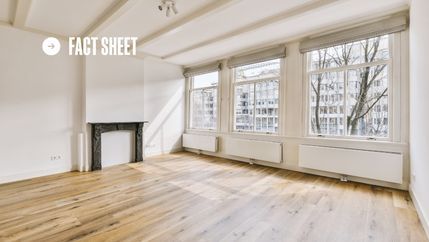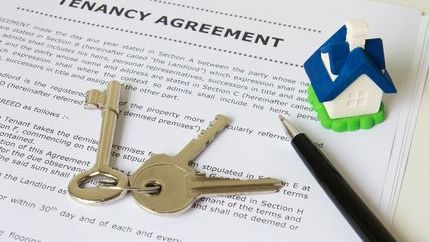
A study of industry data and reports, carried out by Propertymark Industry Supplier Inventory Base, shows furnishings are wearing out up to 30% faster. A carpet that once lasted 8 years may now only last 5.6 years. Repainting is needed more often, and sofas endure greater strain.
Fair wear and tear
We have long advised that fair wear and tear is not the same as damage. Our consumer guide explains that fair wear considers the length of the tenancy, the number and age of occupants, and the condition and quality of the item at check-in. This protects tenants from unfair deductions, while giving landlords confidence in knowing when charges are appropriate.
Fair wear and tear
To help you assess whether any damage is in excess of fair wear and tear, an inventory check should be completed and agreed with the tenant at the start of the tenancy.
Navigating the cost of replacements
Under current HMRC rules, landlords can claim for actual costs incurred when replacing domestic items, but only like-for-like. This is known as the Replacement of Domestic Items Relief, which replaced the old 10% Wear and Tear Allowance in 2016.
Eligible items include movable furniture (e.g. beds, sofas, wardrobes), furnishings (e.g. carpets, curtains, floor coverings), and appliances and kitchenware used by the tenant.
Landlords can claim the cost of the replacement, but not the cost of an upgrade. So, if a £400 sofa is replaced with a £550 sofa bed, the relief applies only to £400.
Importantly, this relief applies whether a property is let furnished, part-furnished, or unfurnished. It is claimed via Self-Assessment.
Modern living needs modern guidance
The concept of "normal use" has changed as remote working and stay-at-home lifestyles have redefined how tenants live in rental properties. Stakeholders are now calling for:
- Updated definitions of fair wear in tenancy deposit schemes
- Modernised depreciation guidance
- Clearer legislation on “reasonable use” in court rulings
Propertymark agrees that regulations must evolve with living patterns and encourages policymakers to review guidance so that neither landlords nor tenants are unfairly disadvantaged.
Best practices for agents
Considering these developments, members should consider updating inventories to reflect increased use and lifespan expectations. It is important to maintain receipts and records for all replacements and to avoid claiming for upgrades.
Communicate with tenants at the start of the tenancy to set clear expectations and then apply wear and tear guidance fairly and consistently. We encourage members to provide detailed check-in and check-out reports, ideally with photographs, to support clear apportionment decisions.






